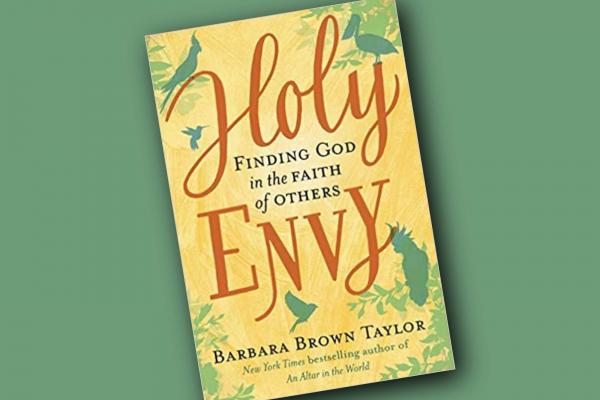IF WE SEEK more than spiritual security—if we long for more than bobble-headed affirmation of our preconceived beliefs—we must step out of our cloistered faith and engage the strangers all around us. This is the message at the center of spiritual memoirist and best-selling author Barbara Brown Taylor’s Holy Envy: Finding God in the Faith of Others.
After leaving behind her clerical collar and post as an Episcopal priest, Taylor took up the call to teach. For nearly 20 years, she taught introductory classes on world religion at a small college in northern Georgia. Early on, her aims were relatively meager. To introduce her students to a few of the world’s great religions, acquaint them with the diversity of faiths that exist not just across the globe but right across the street—this seemed enough. And so she outlined Buddhism’s eightfold path. She explicated the doctrinal differences between Sunni and Shia Islam and taught her students what exactly made a kosher meal kosher.
It didn’t take Taylor long to realize that though literature and secondhand knowledge can teach much, it is through direct interaction with people of other faiths that we learn the most about their faiths and our own. When Taylor stepped out from behind the lectern and took her students on field trips to masjids (mosques) and temples, she learned that her view of God and faith was partial. On these trips, she often found her faith tested and was, on more than one occasion, totally smitten.
Read the Full Article

